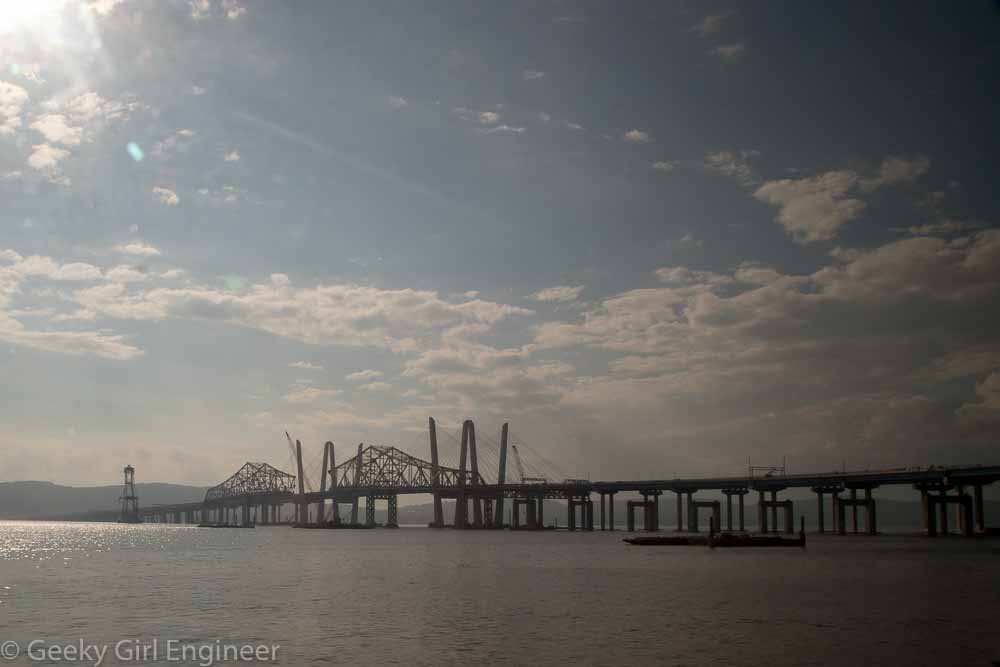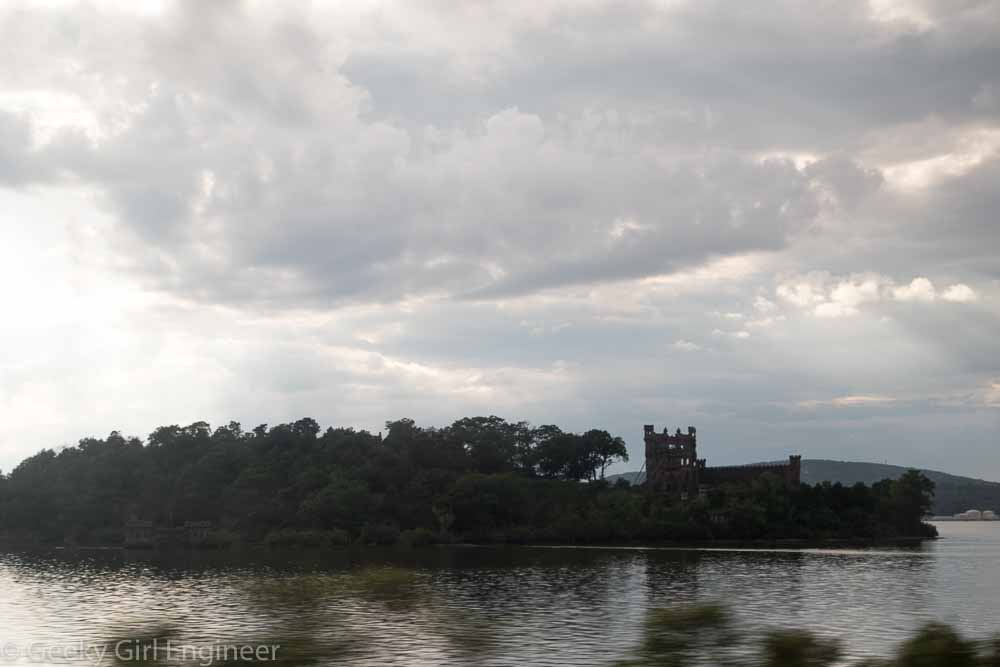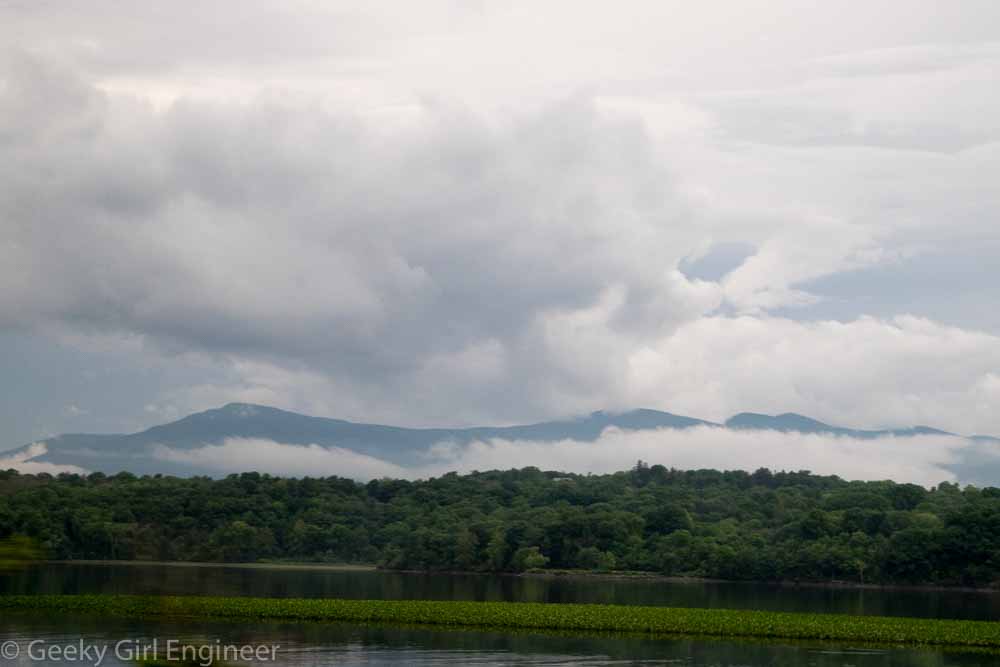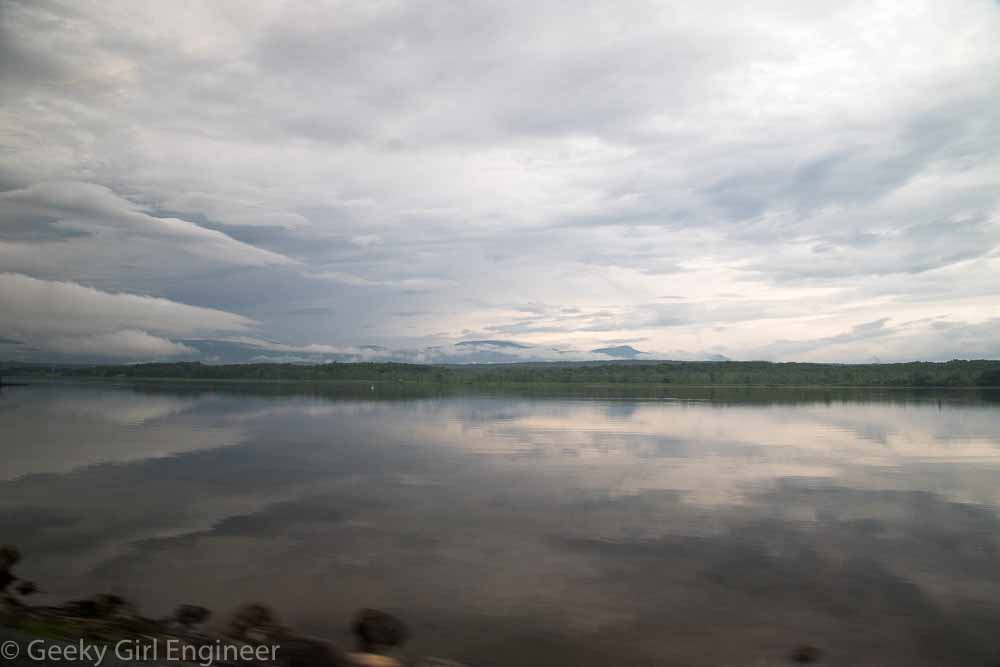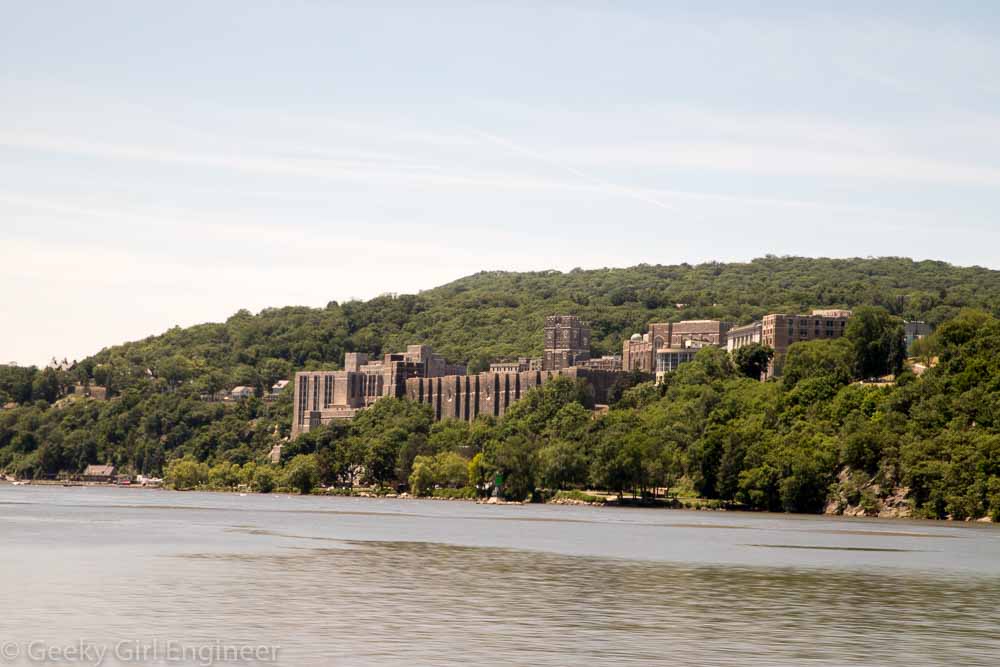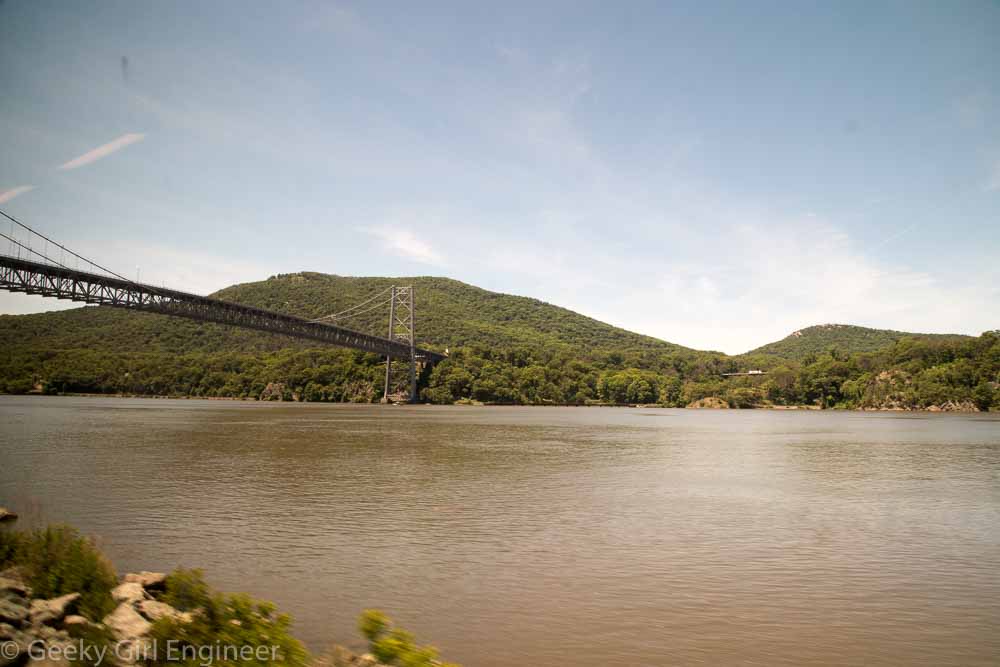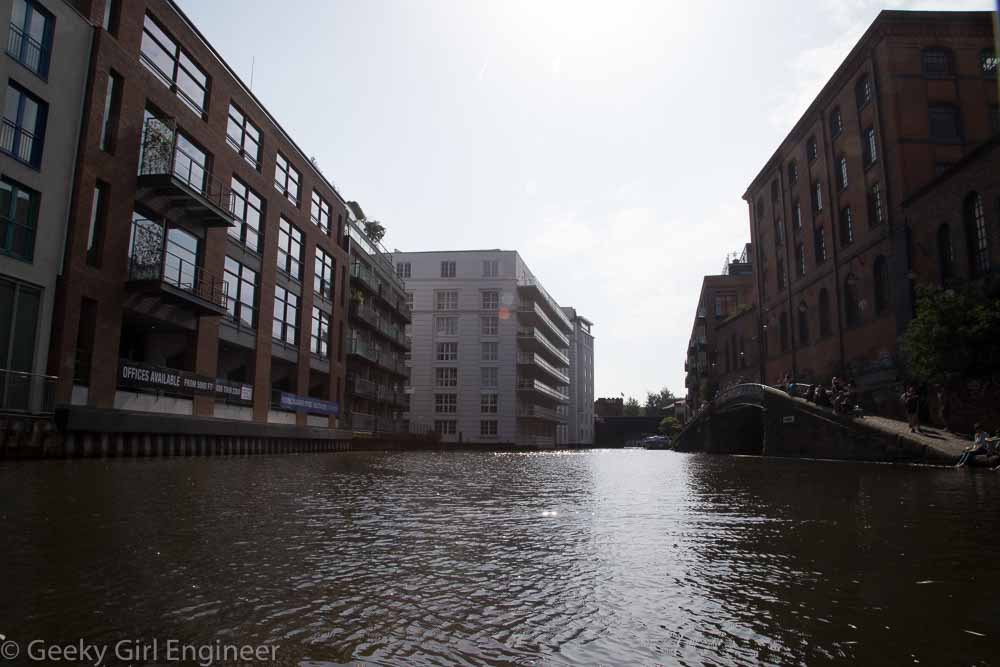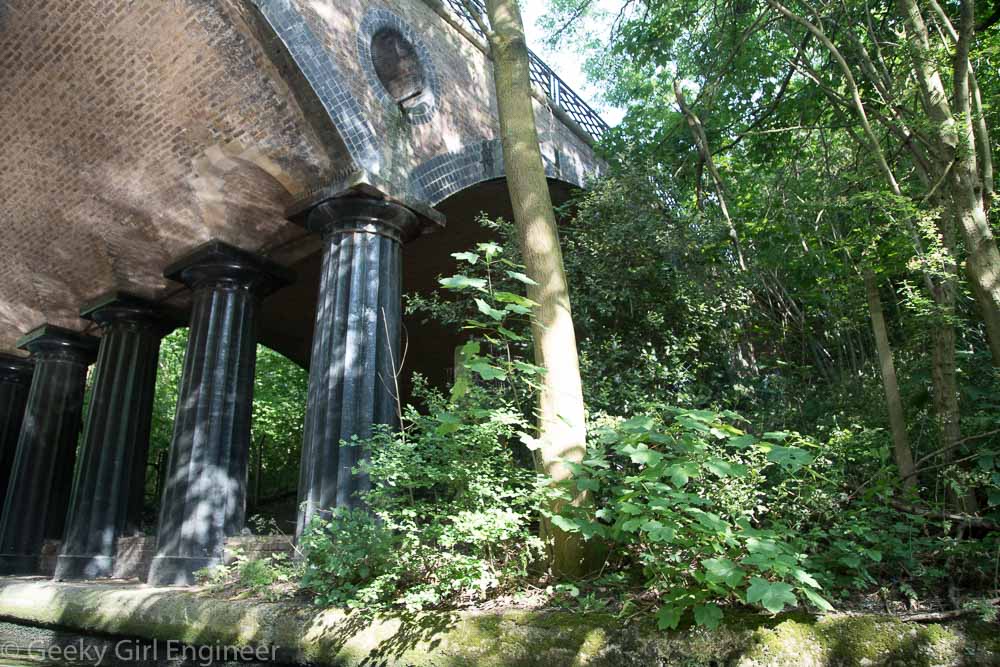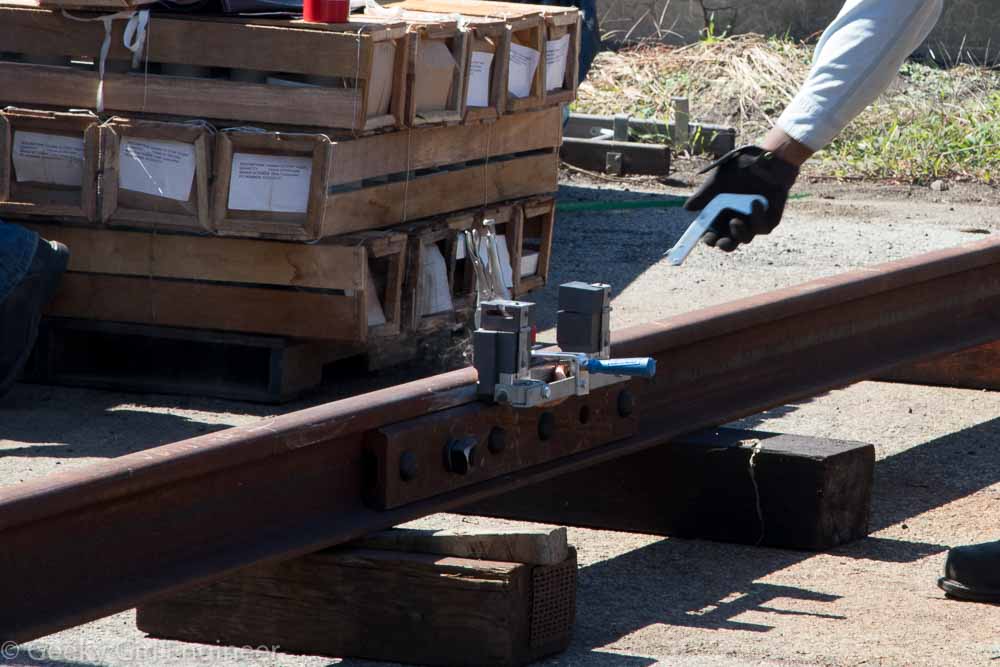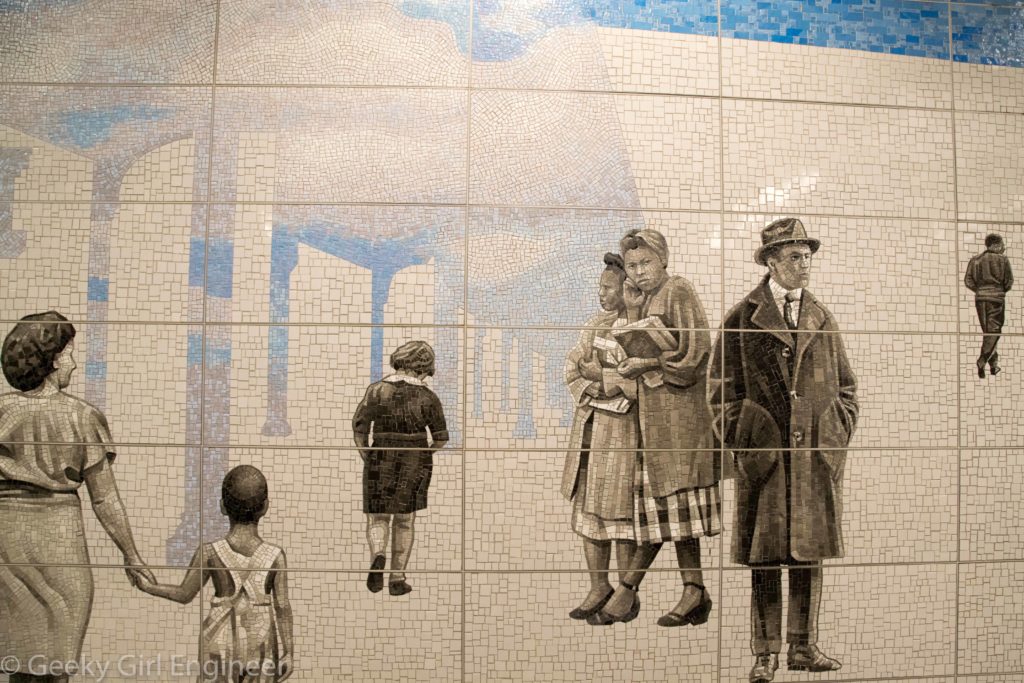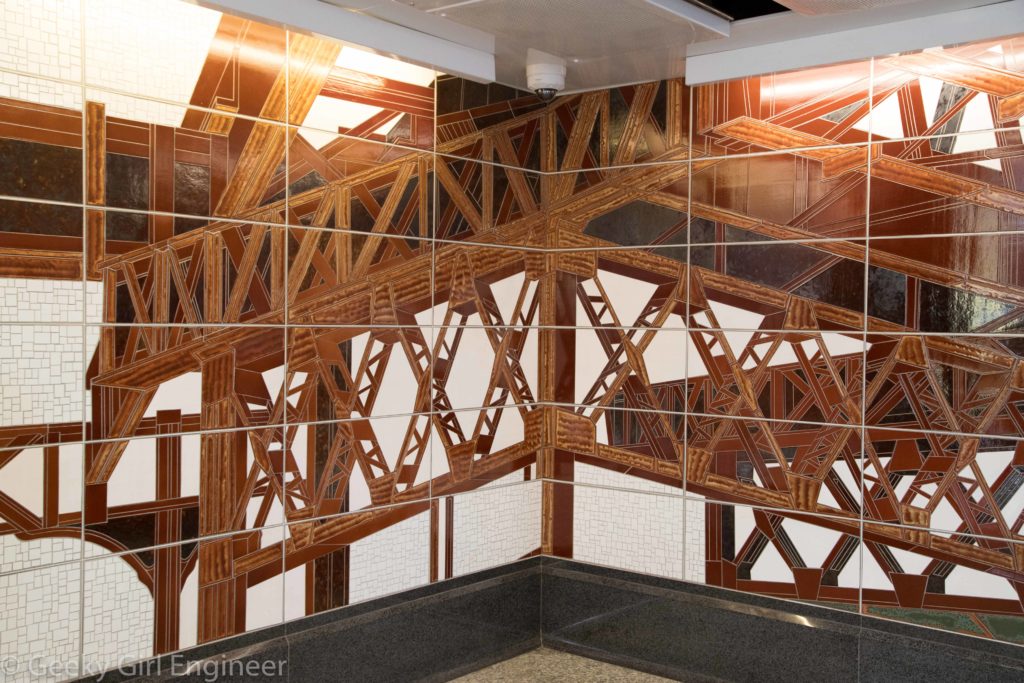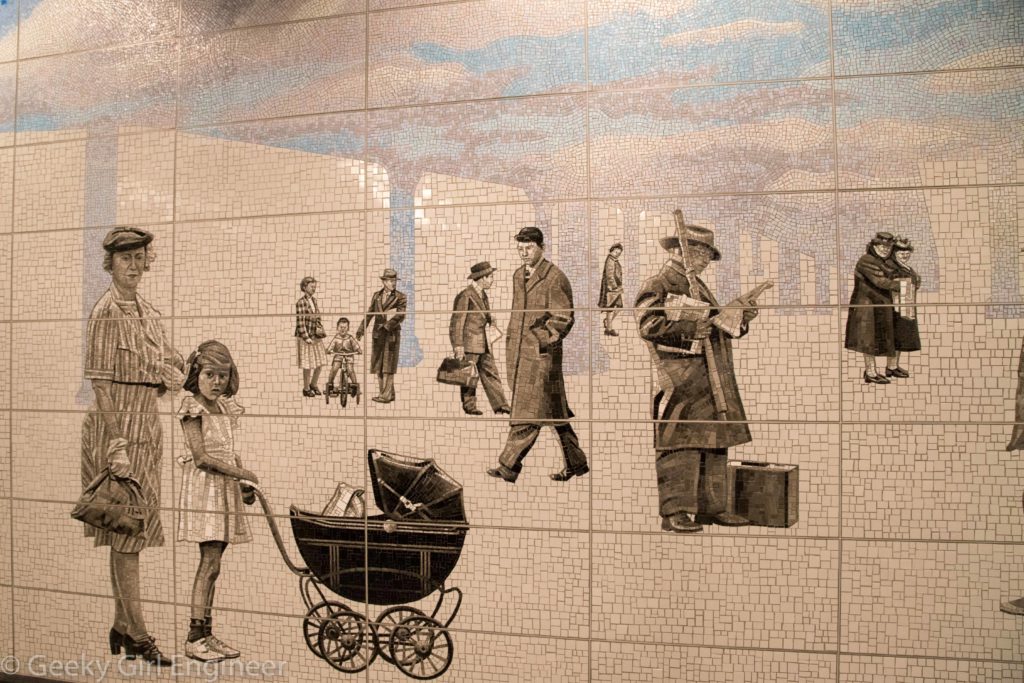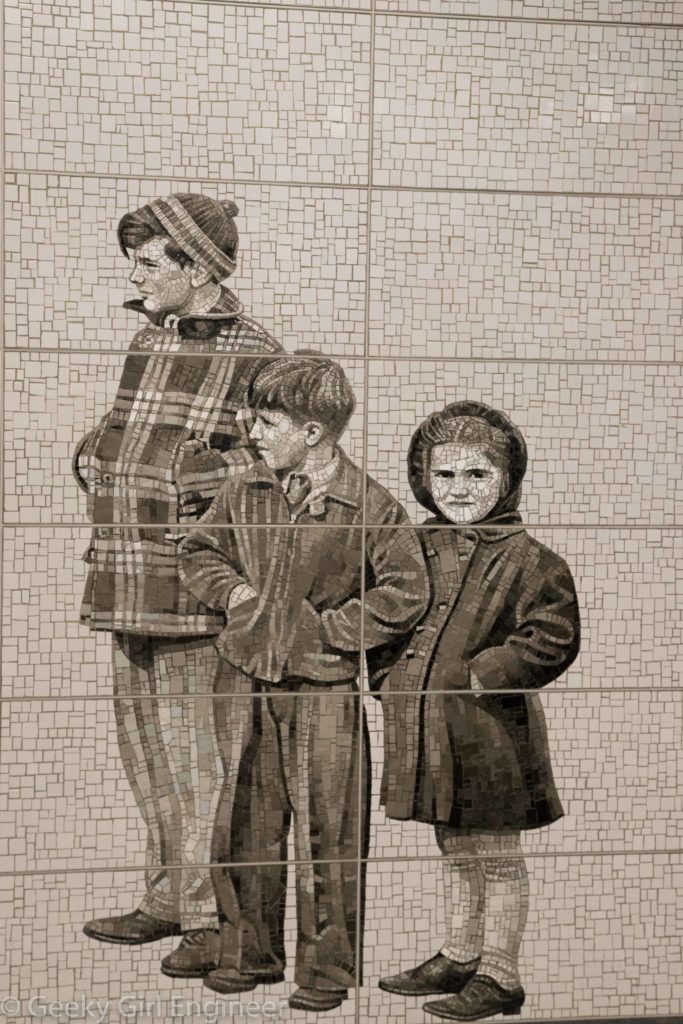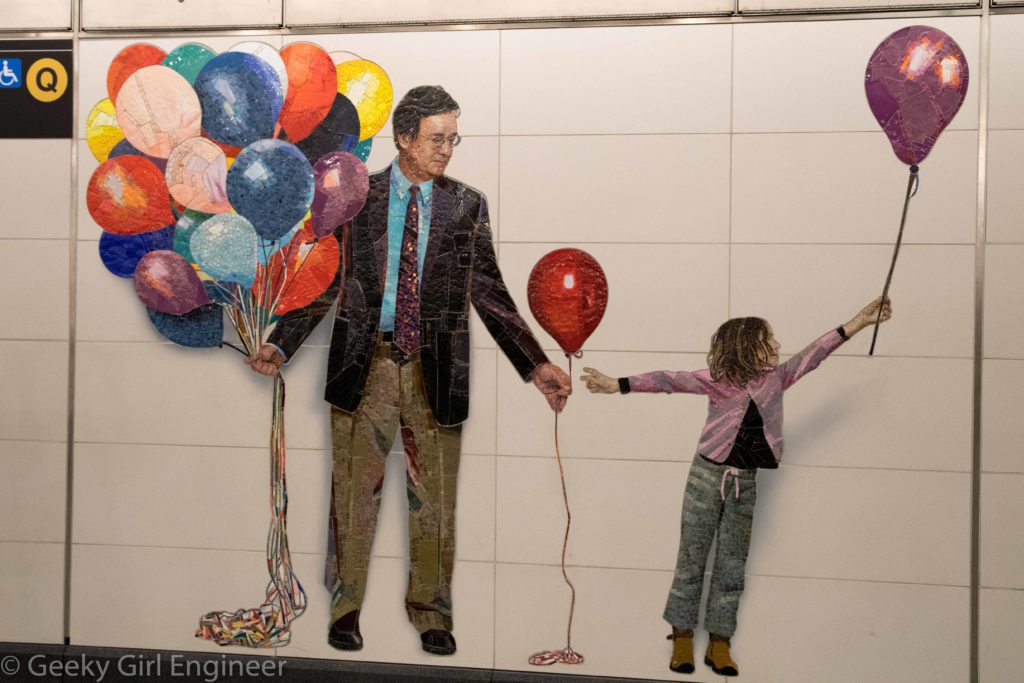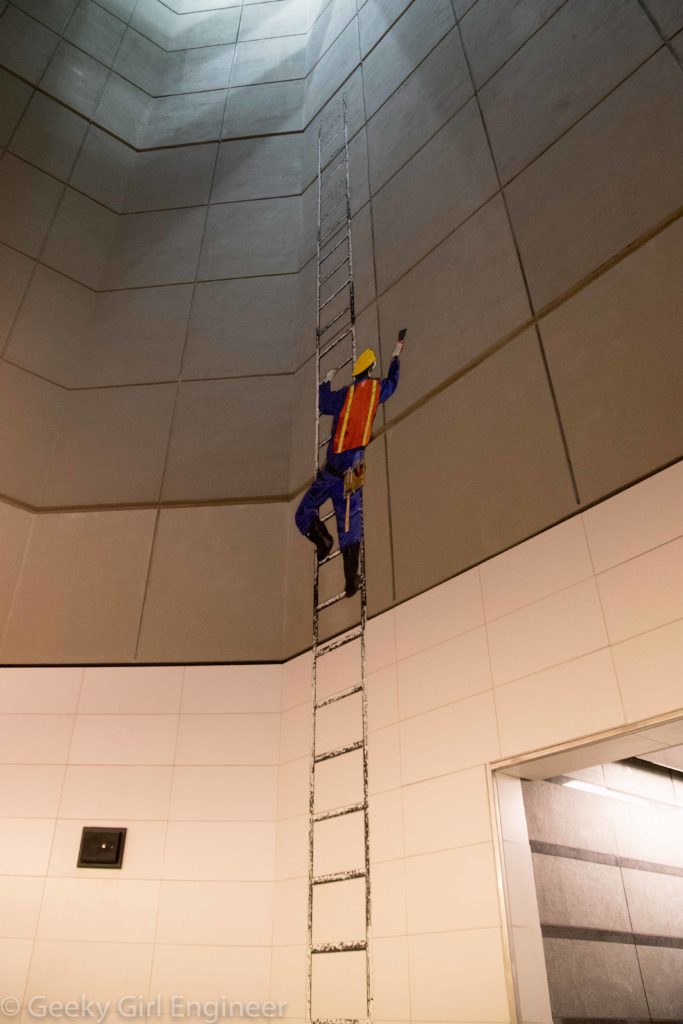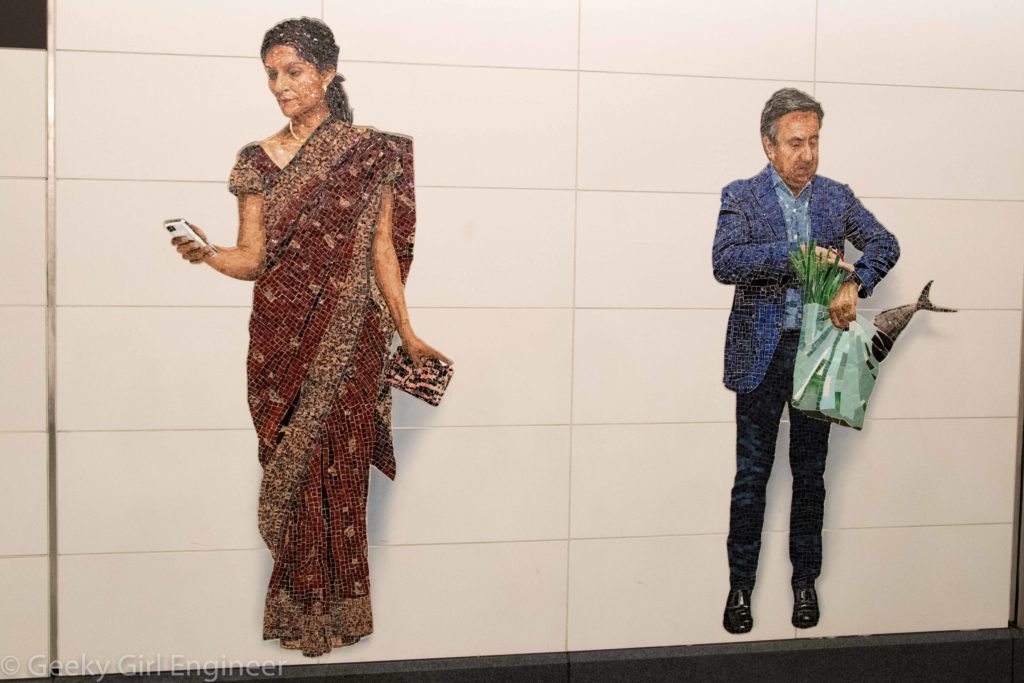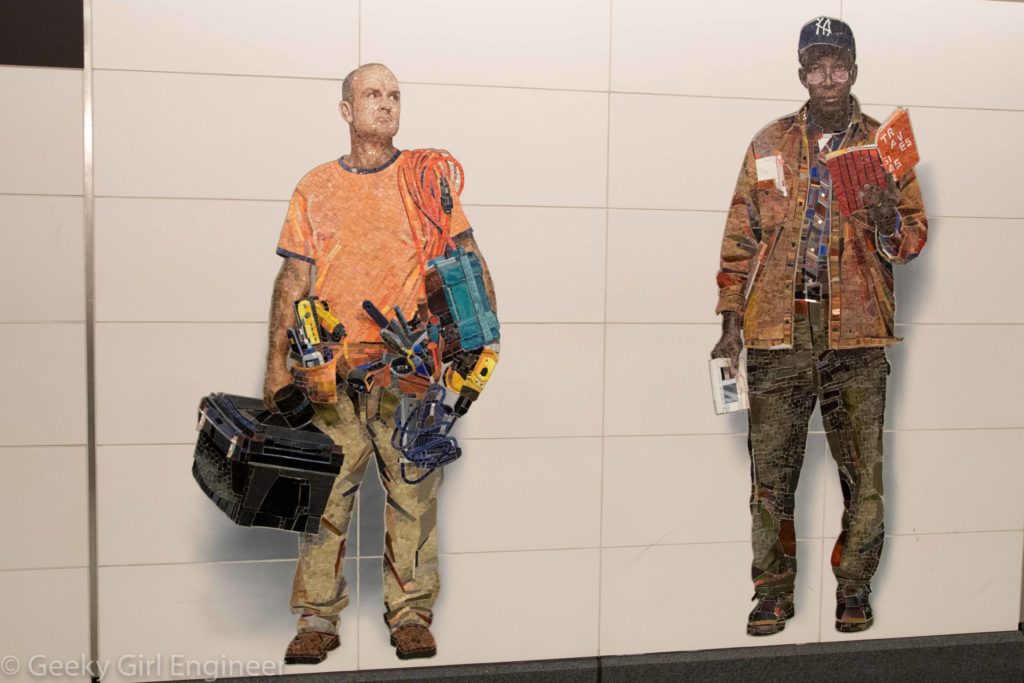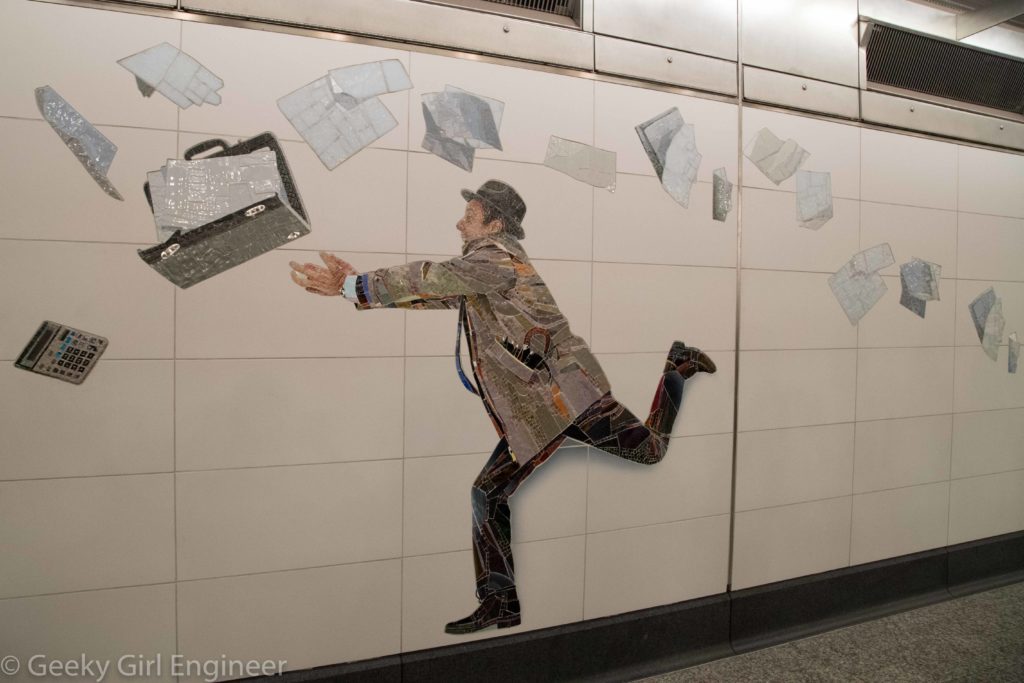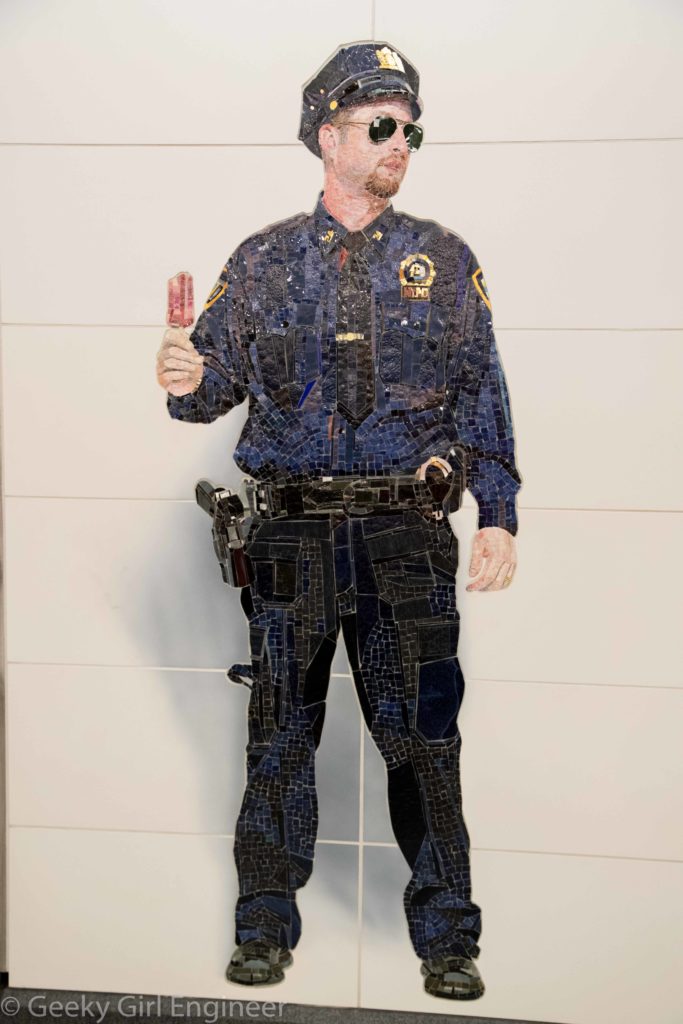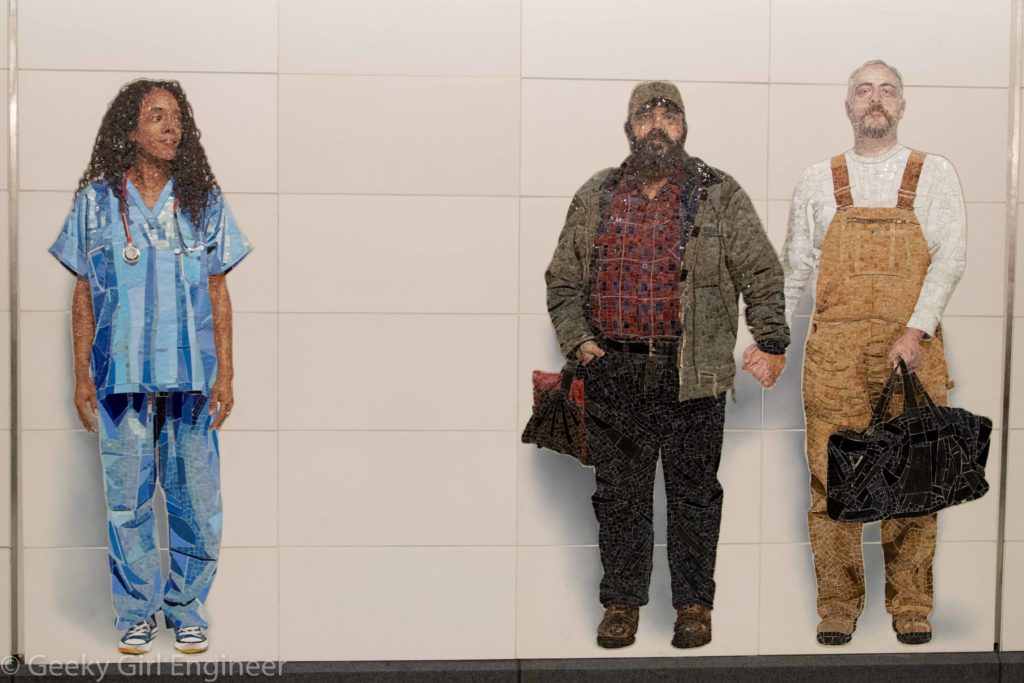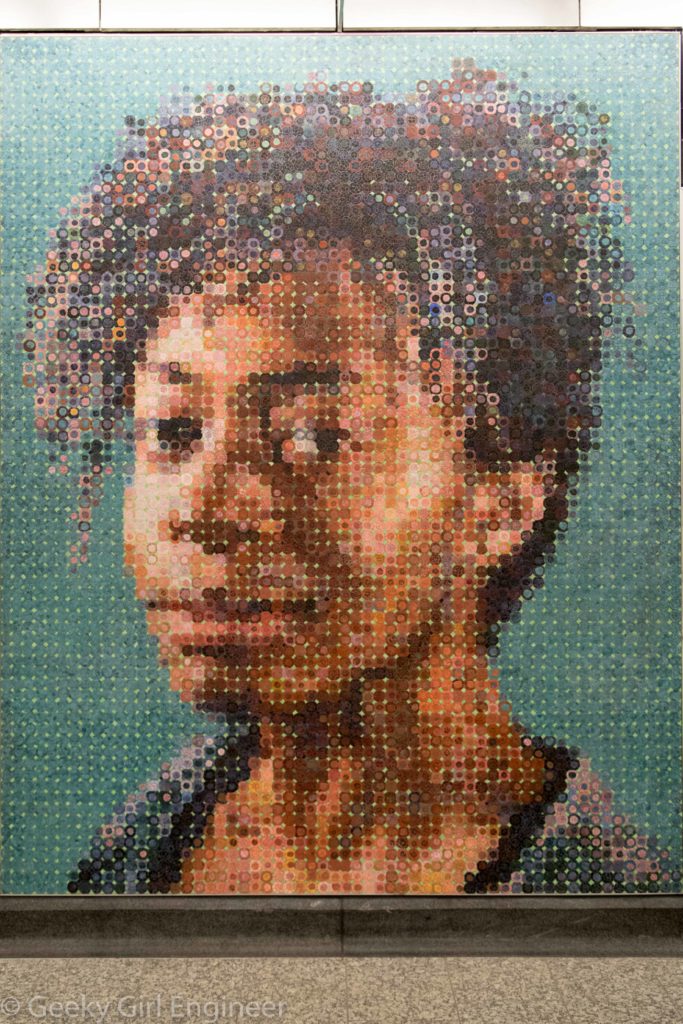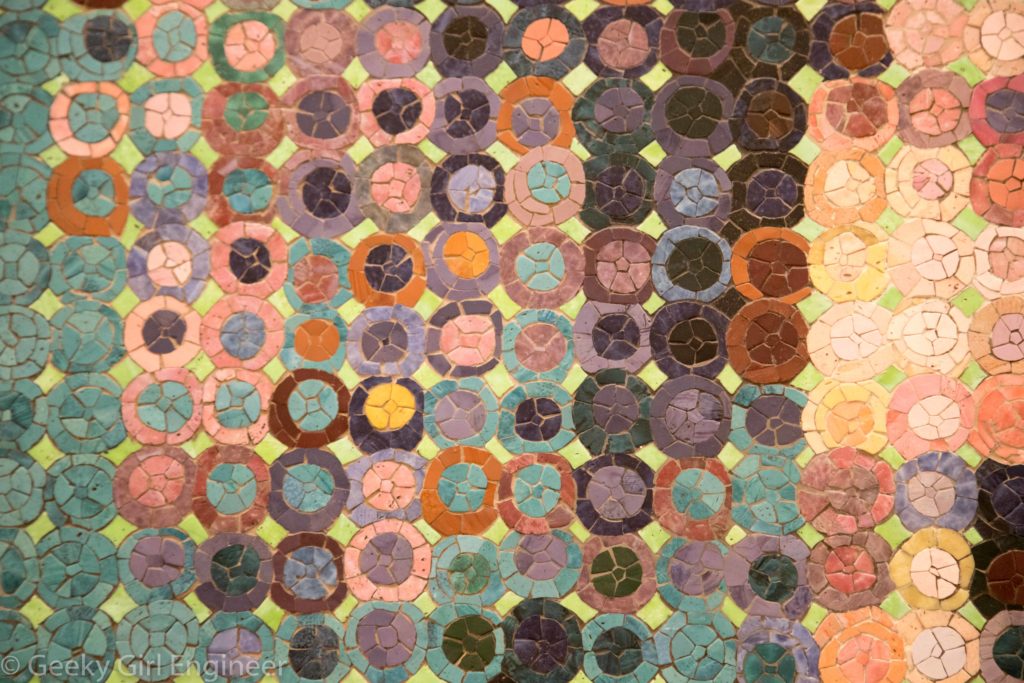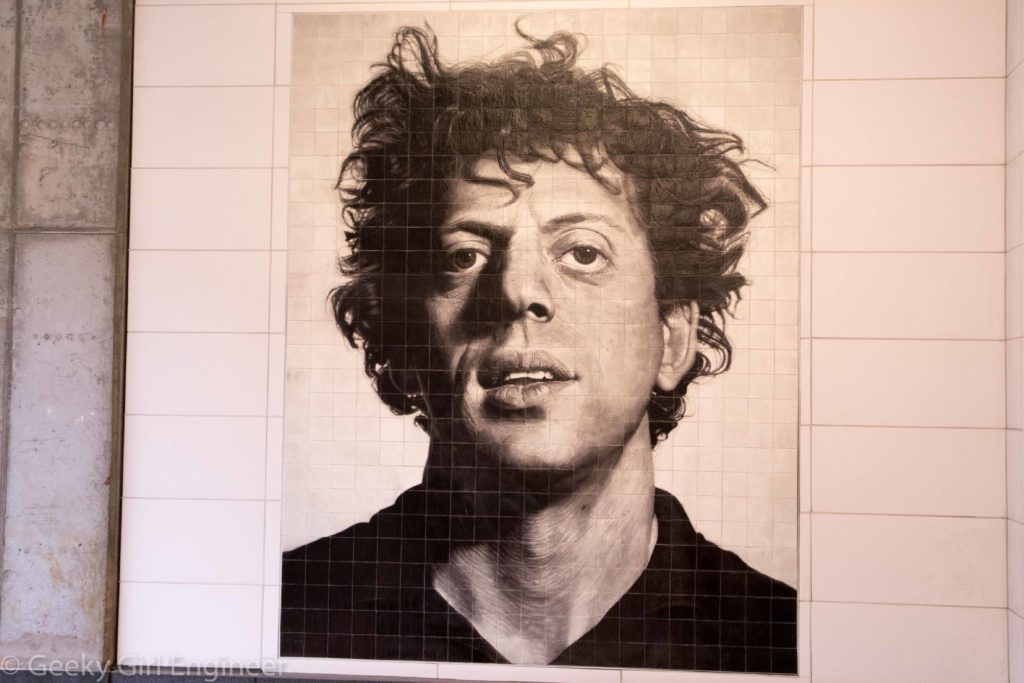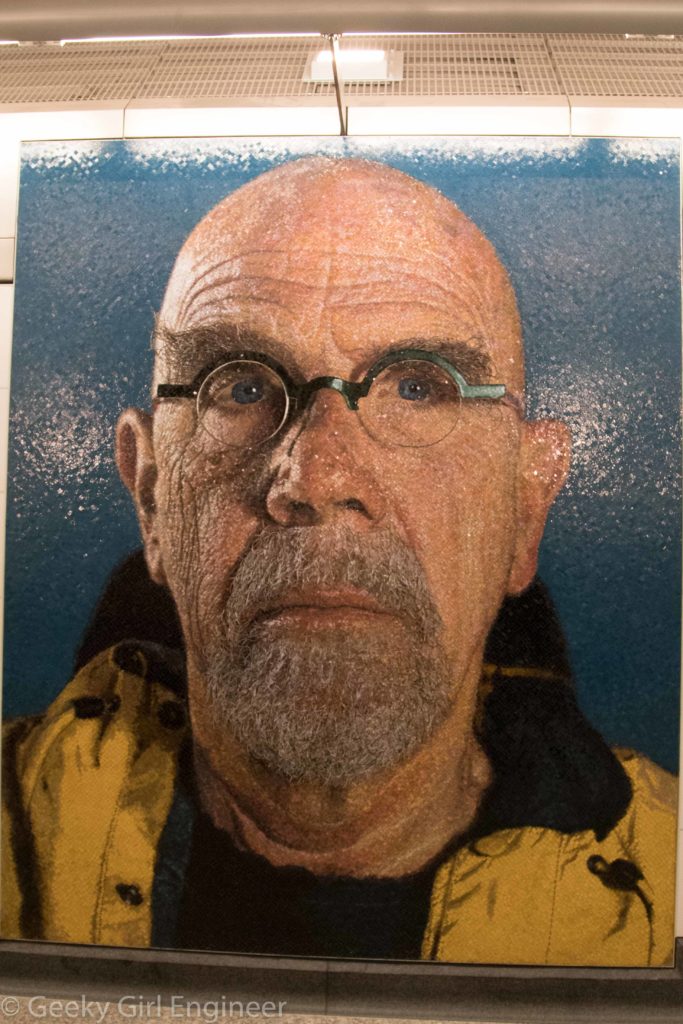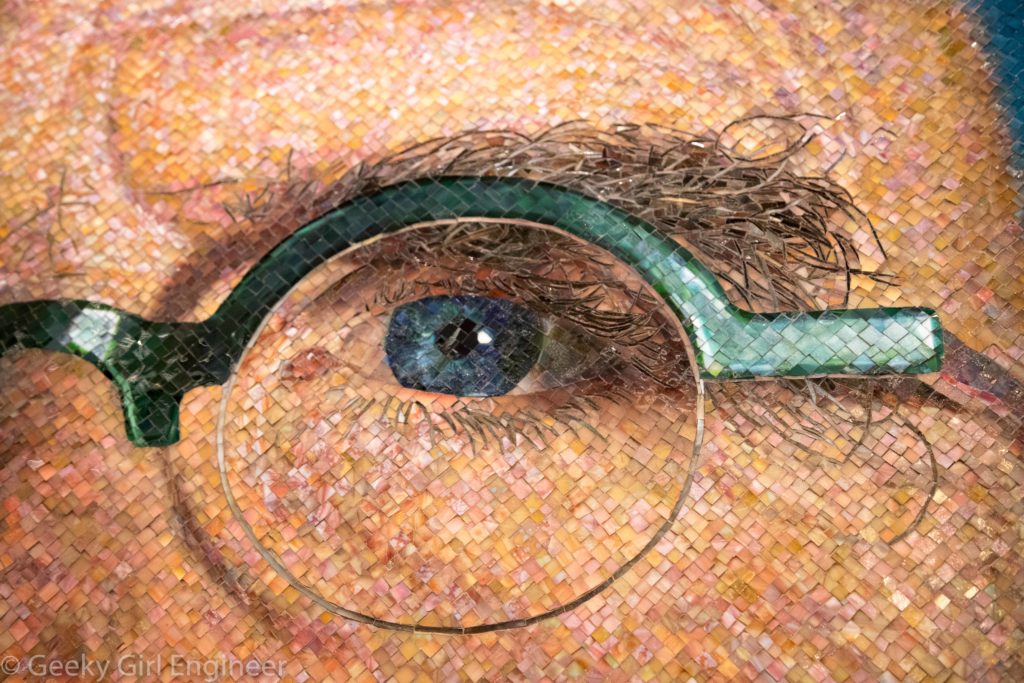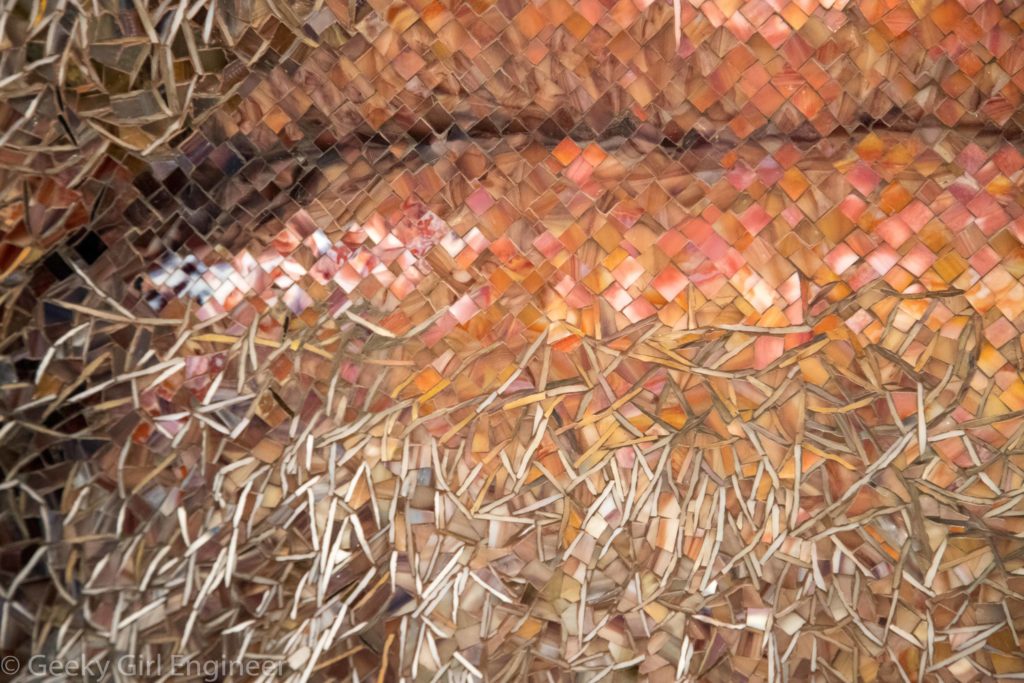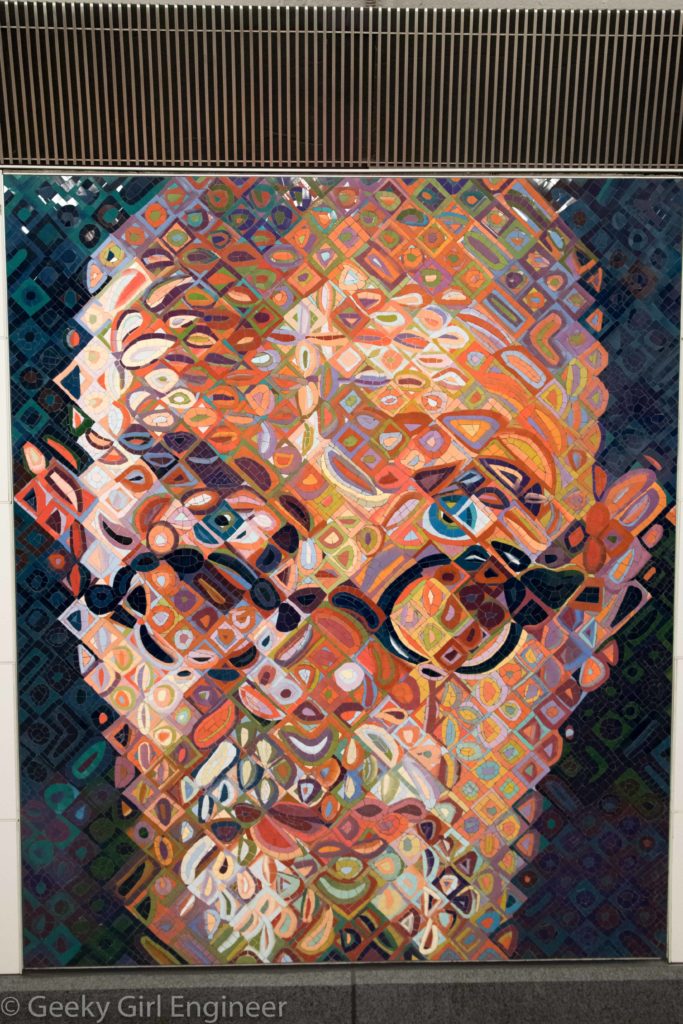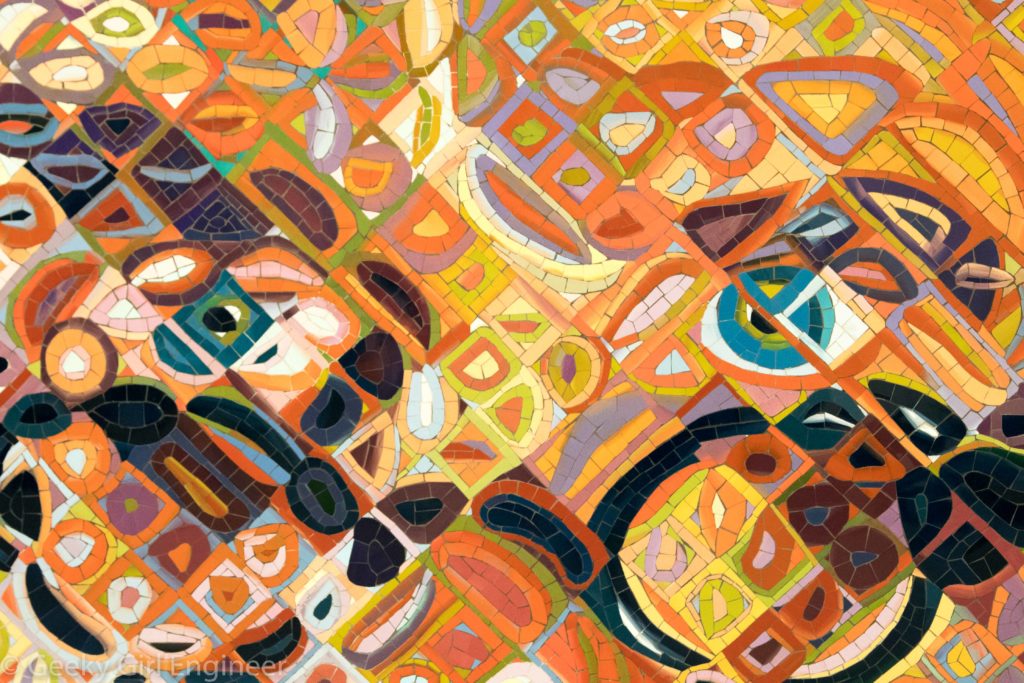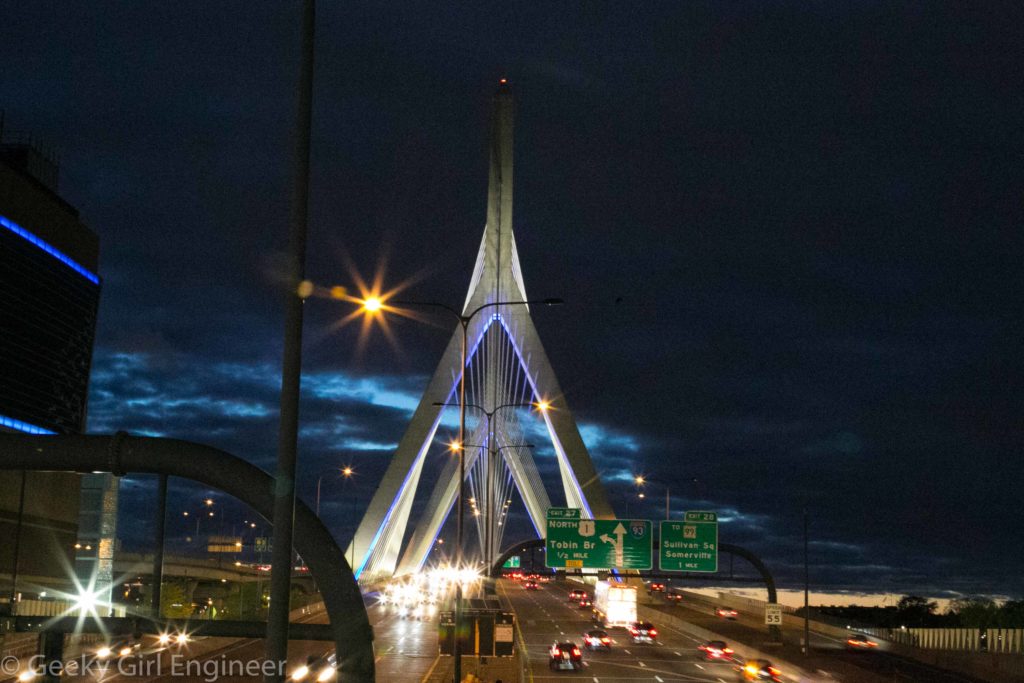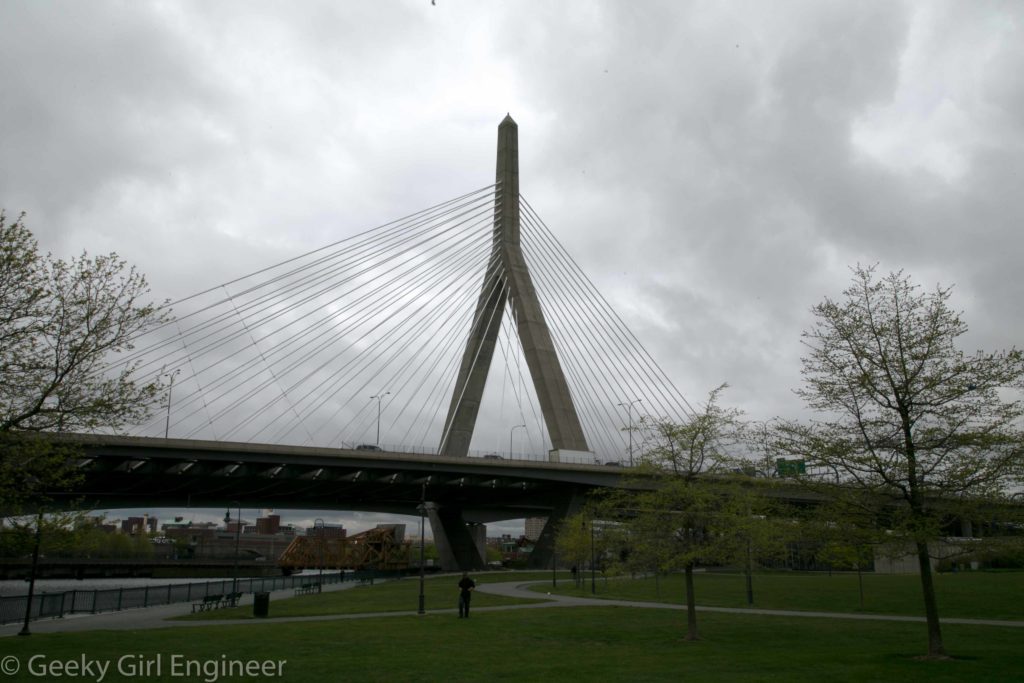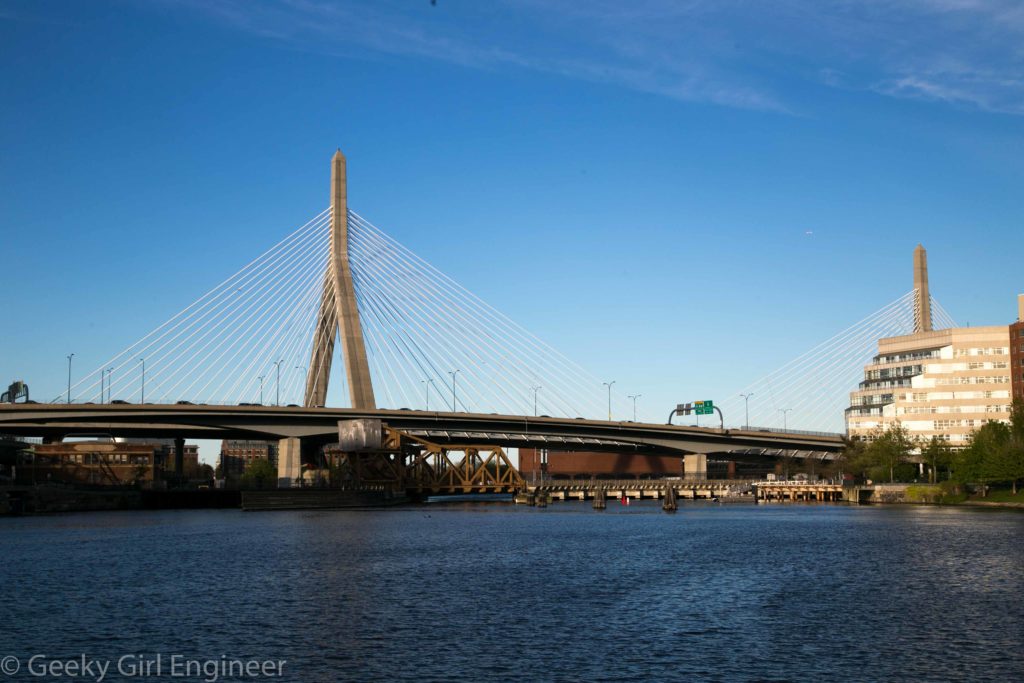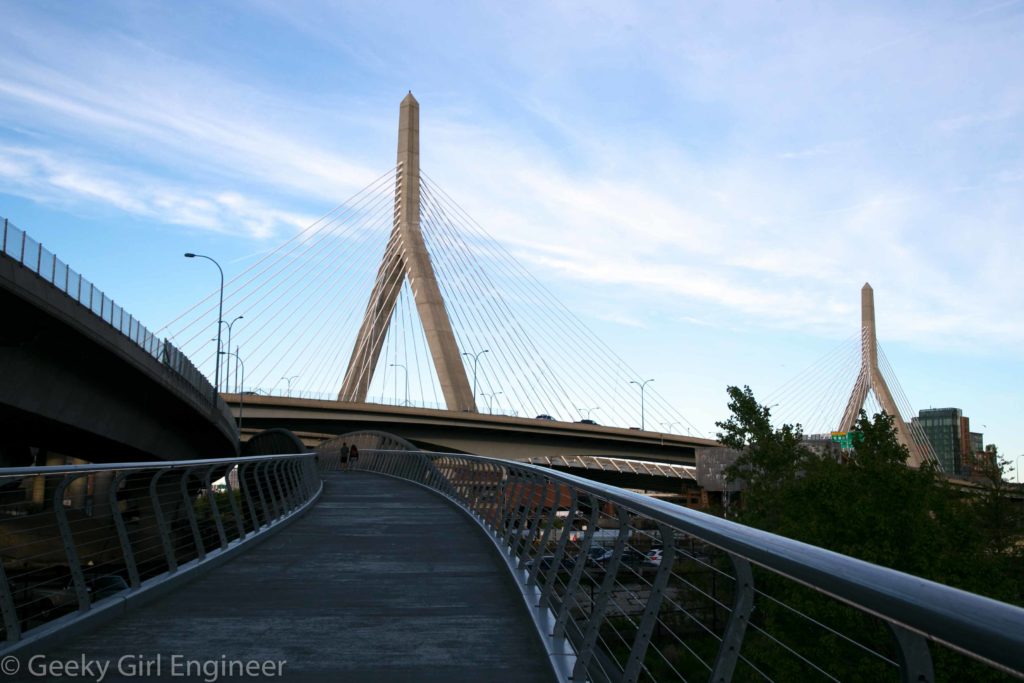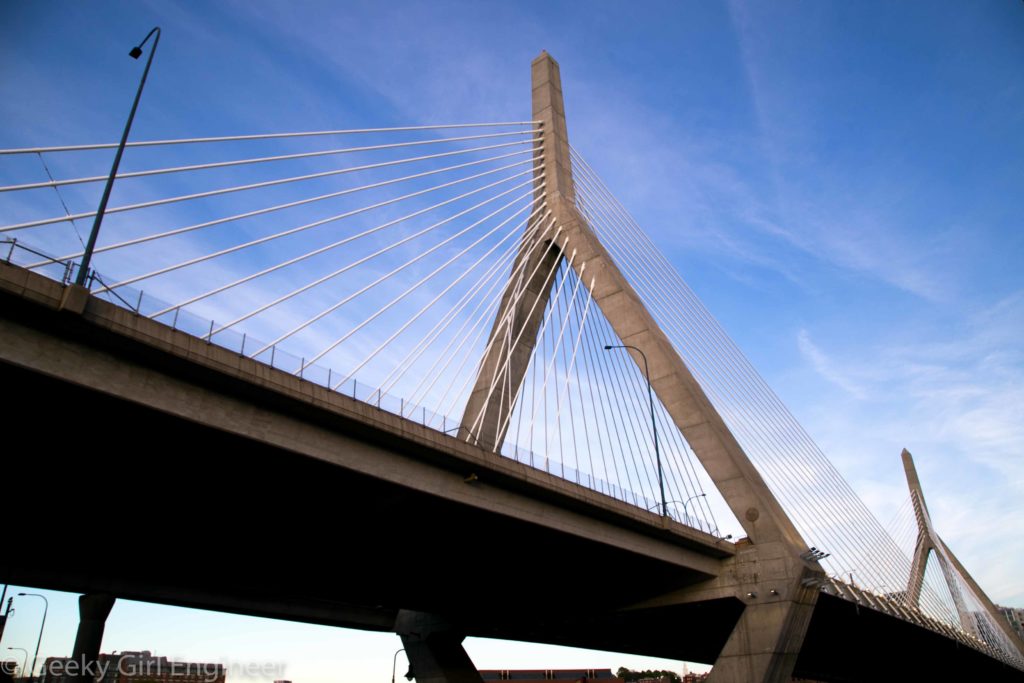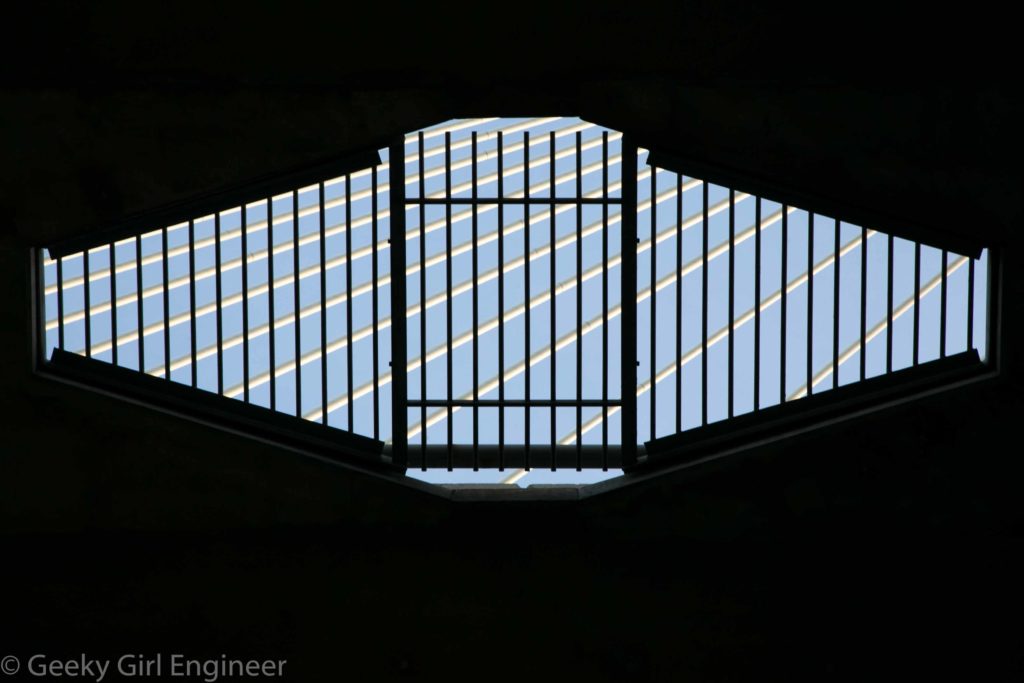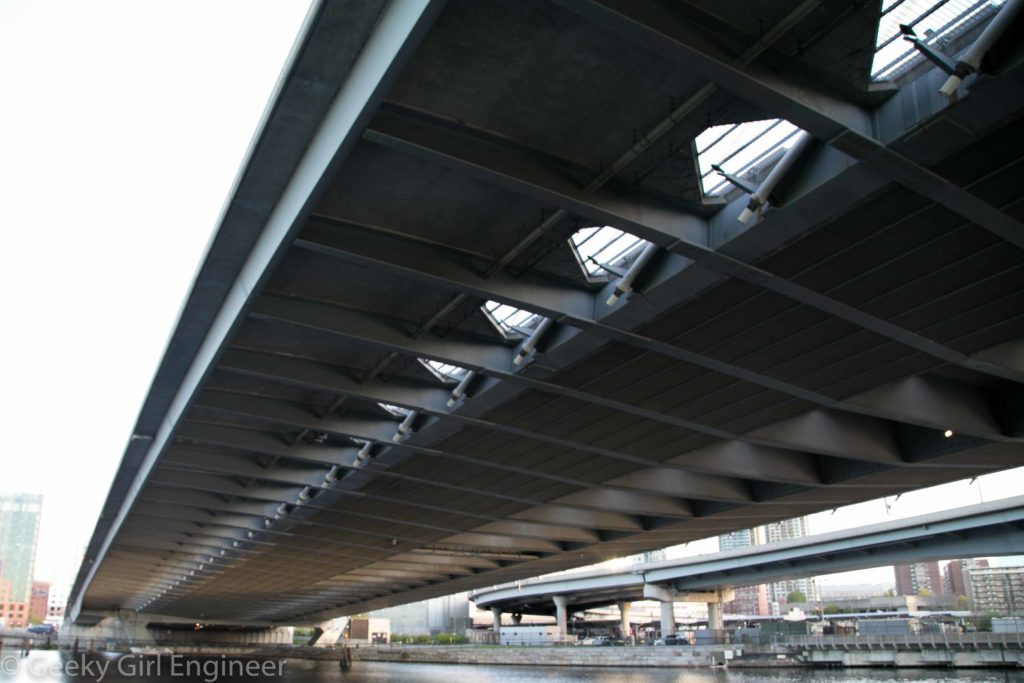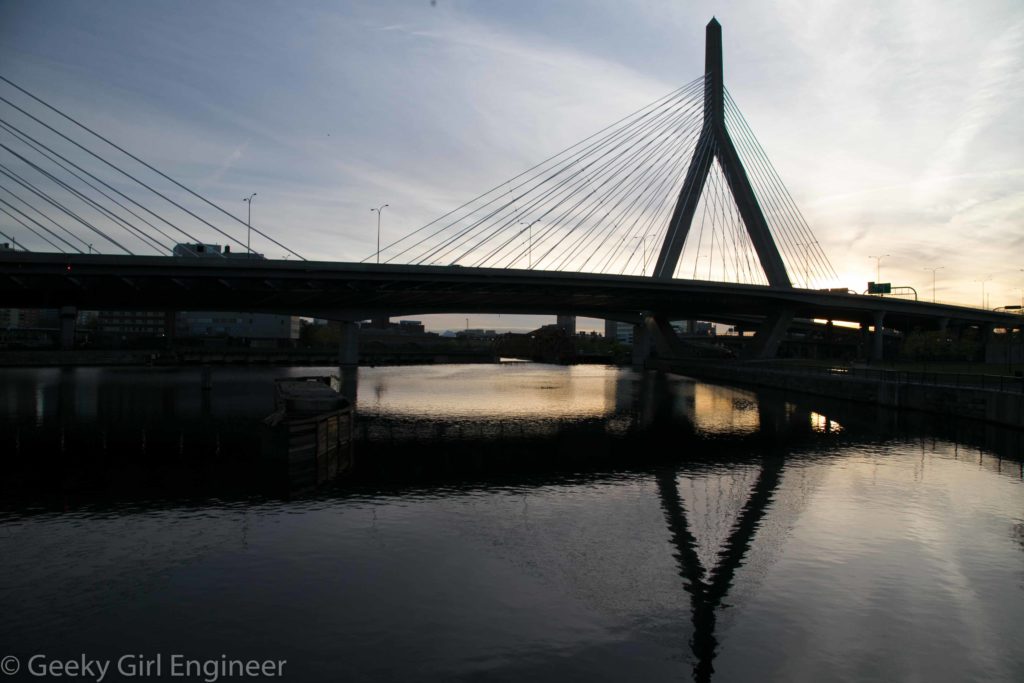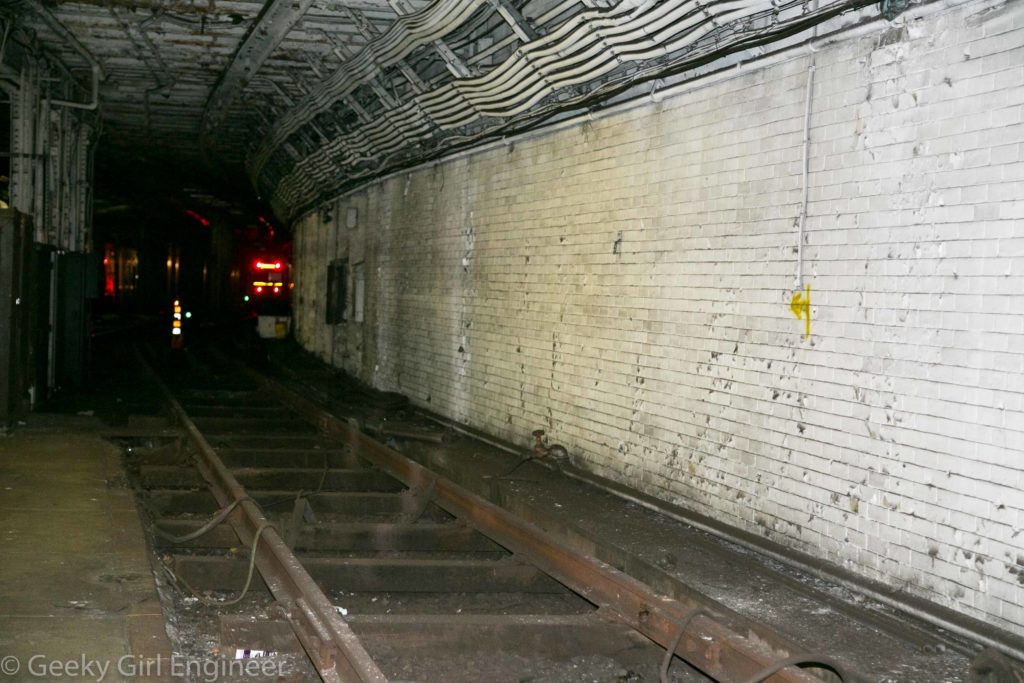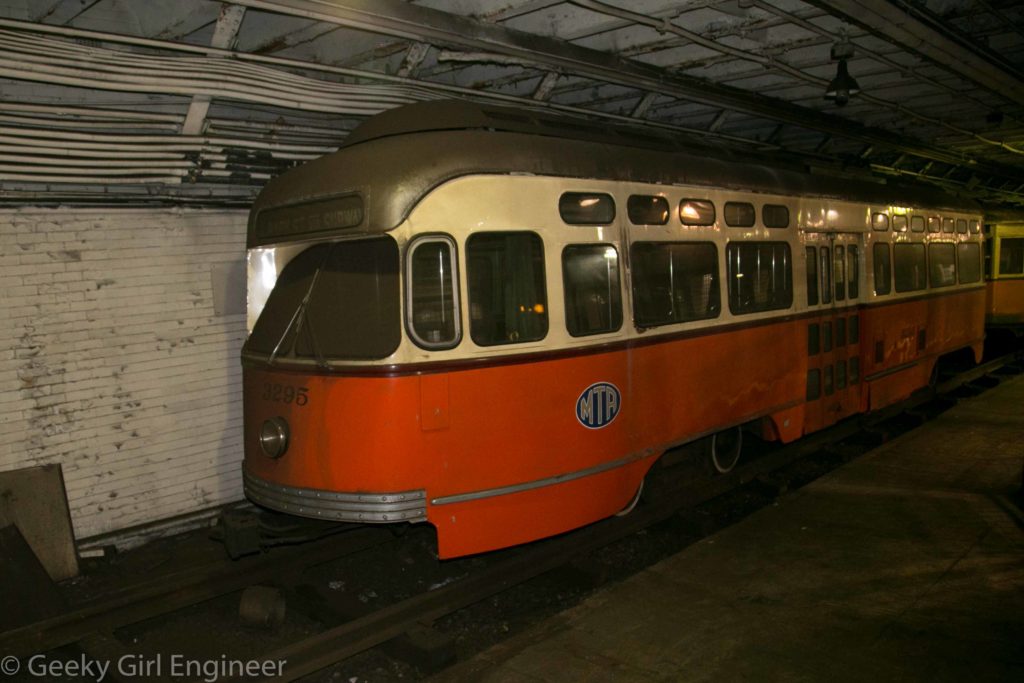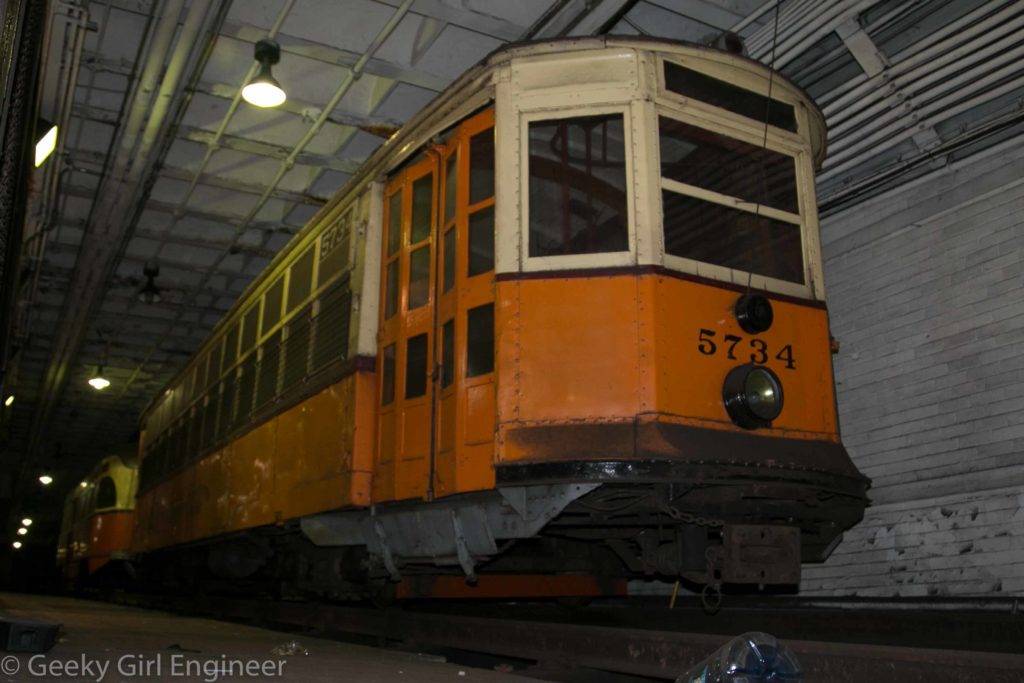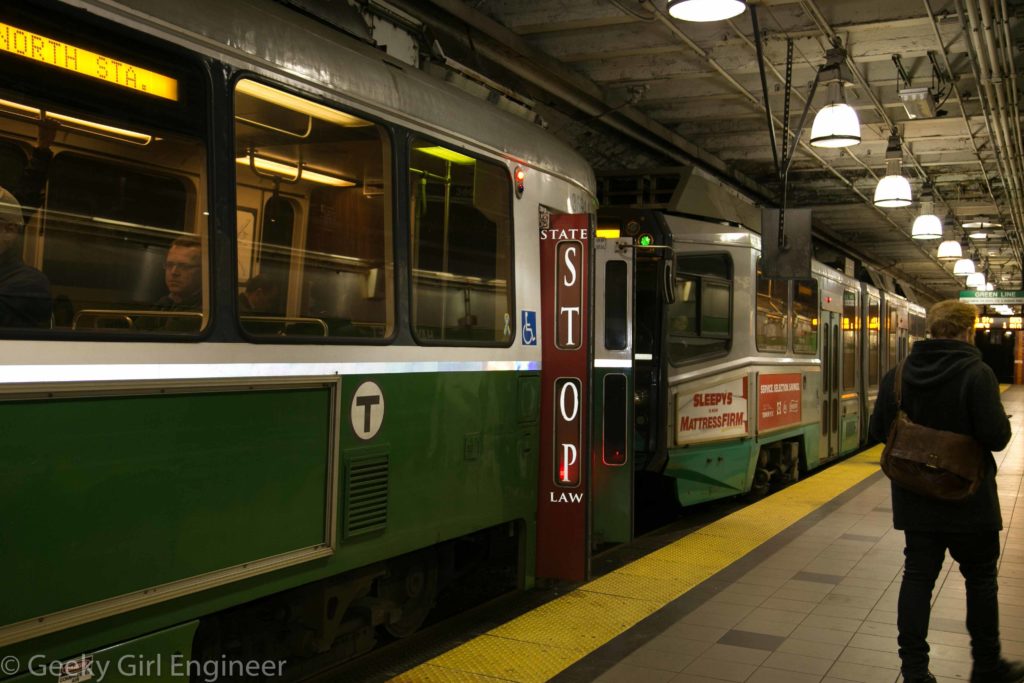I just got back from a very short trip to Albany, but the main reason I went to Albany was for the train ride up there. Amtrak has several train routes that go from New York City to Albany. I have taken two of these routes before, and I just love the view. I spend almost the entire time staring out the window at the gorgeous Hudson River, which can be seen during the vast majority of the ride. Below are a few photos I took on the route. The first six were taken on the train ride up to Albany as a storm was passing through and the sun was setting. The last three were taken on the way back down to New York City.
Tag Archives: transportation
Regents Canal
I posted yesterday about my boat ride on along the Regents Canal from Camden Locks to Little Venice. Today I went for a very short walk along the same canal in the Camden Locks area. It really is a pretty area. It is also a very popular area. There were many people walking along the towpath, and there were also many people just hanging around the area.
London Canals
London surprises me in several ways. One of those ways is the number of canals, and the number of boats that still use those canals. I don’t think there is a lot of commercial transportation using the canals, but there are at least a couple of boats that run routes from point A to point B. Then there are also people who seem to live on their boat, and of course people who rent them for a short excursion. I took the London Water Bus on the Regents Canal from Camden Locks to Little Venice. The route went past the zoo, stately homes, and apartment buildings. It even went through a tunnel. A nice enjoyable ride, and a very different side of London.
Tower Bridge
I love bridges, so while in London I am visiting as many bridges as possible (although there are quite a few). One bridge that was on my must see list was the iconic Tower Bridge. It is a beautiful bridge. Even better though, you can tour the historic engine room and also go to the top and walk across the upper level walkways that connect the two towers.
Inside the engine room areas, you can see the historic coal burners, steam engines, and the accumulators. The bridge now operates with electricity.
In the south tower, you can see the inside of the tower and all the structural components. They have human figures up in the structure to demonstrate how it was built.
Both the east and west upper walkways have a segment of glass floor, so you can look down onto the river and roadway.
The views from the upper walkways are wonderful. You can see very far up and down the River Thames.
MTA’s Linden Yard
I took another fun, educational tour with the New York Transit Museum. This tour was of MTA’s Linden Yard where they rehabilitate and replace subway track and switch gear. I have been on several yard tours, and this one was very different. There were no cars being repaired. It was strictly rails. There are three types of rail areas: underground, aboveground on the surface, and aboveground on a structure (elevated). They repair and build rail differently depending on where it is.
In some areas, they can lay continuous welded rail, which speeds up replacement. They weld long lengths of rail together in the yard and then transport them to the location to be laid.
The continuous welded rail is transported in specialty rail cars that are joined together and can transport eight of these continuous welded rail.
They use thermite to weld lengths of rail together. The process is awesome to watch.
They also rehabilitate frogs, aka rail switches.
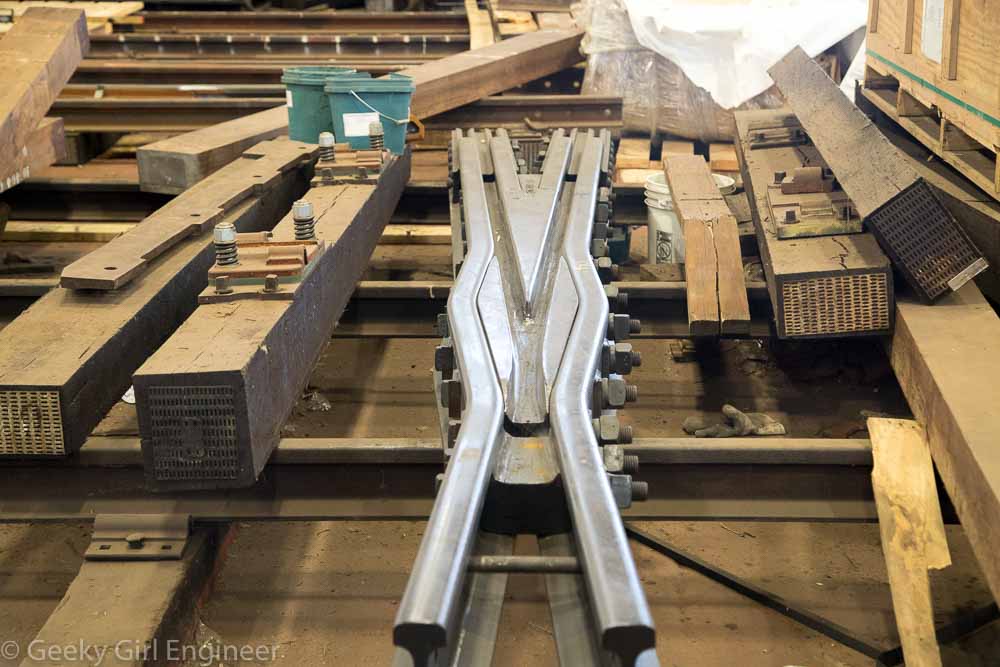
A “frog”, switching track so named because it is said to look like a frog laying down with limbs spread out
They build complete segments of rail attached to the ties. For curved sections of track, they have to rip the ties at precise angles to give the rail curve whatever angle it needs for the train to take the curve safely.

Stacked rails on ties. Note that some of the ties are cut at an angle to lay in track curves. The metal plates used to join the rail and ties have a rubber bottom to cushion the train and reduce noise.
They also build the more complicated rail junctions.
They also repair the third rail. Third rails are not welded together but are joined using a very thick copper wire that is welded to each segment.
NYC’s Lexington Avenue–63rd Street station
I took a tour with the New York Transit Museum of the artwork in the new Q-train stations. The artwork are all mosaics, but they are they are not all the same type of mosaic. This is the fourth of four blog entries to show some of the amazing mosaics.
The Lexington Avenue–63rd Street station is an expansion of an old station. The new area features mosaics by Jean Shin entitled “Elevated.” The mosaics are based on archival photos of the area. Some of the mosaics show people with a blue sky in the shape of the elevated train tracks that were removed decades ago to show how the sky opened up when the elevated was removed. At one of the entrances to the subway, the mosaic portrays the old elevated with all its steel beams and piers.
NYC’s 72nd Street station
I took a tour with the New York Transit Museum of the artwork in the new Q-train stations. The artwork are all mosaics, but they are they are not all the same type of mosaic. This is the third of four blog entries to show some of the amazing mosaics.
The 72nd Street station has a set of 36 mosaics by Vik Muinz titled “Perfect Strangers.” The people represent people that might be found at the station. They are delightful, wonderful, beautiful, and amazingly detailed. I think my favorite one, although I admit I haven’t seen them all, is one that is sort of hidden. The mosaic (photo below) of a workman on a ladder is hidden away by a set of elevators before passing the fare gates. It is sort of a hidden treat to see if you find it.
NYC’s 86th Street station
I took a tour with the New York Transit Museum of the artwork in the new Q-train stations. The artwork are all mosaics, but they are they are not all the same type of mosaic. This is the second of four blog entries to show some of the amazing mosaics.
The 86th Street station has mosaics by Chuck Close titled “Subway Portraits.” There are twelve mosaics in different mosaics styles. Several mosaics are glass, and others are different types of clay tiles. While all the mosaics are lovely, there are some that are made with so many different pieces, I was awestruck by how much time it must have taken to put then together. There are two self portraits of Chuck Close, and the one in glass has slivers that must have required tweezers or some other type of tool to carefully put the pieces in.
Leonard P. Zakim Bunker Hill Bridge
I have this thing for bridges. I love them. However, I have a particular thing for cable-stayed bridges. They are my favorite. I love the simplicity of them. They are modern, sleek, functional, graceful, and gorgeous, all at the same time. Boston has a cable-stayed bridge right next to downtown, the Leonard P. Zakim Bunker Hill Bridge, by which I-93 crosses the Charles River. So naturally, while in Boston, I took a lot of photos of this bridge. Here are just a few.
Boston’s Transit Museum
I’m in Boston, and my friend Kristen, who lives here now, tells me there is something I have to see. Kristen knows me really well. She knows I am a member of the New York Transit Museum and a transit nerd. She says I have to visit Boston’s Transit Museum. Boston has a transit museum? No, but they seem to have unofficially made a tiny but not really accessible one that can be visited for the cost of a T ride. Go to the Boylston Station on the inbound side tracks, and that is the Boston “Transit Museum.” How permanent the exhibit is, I have no idea, but there are two old streetcars parked there. They are behind a huge fence, so it is difficult to get photos, but they are kind of cool to see.
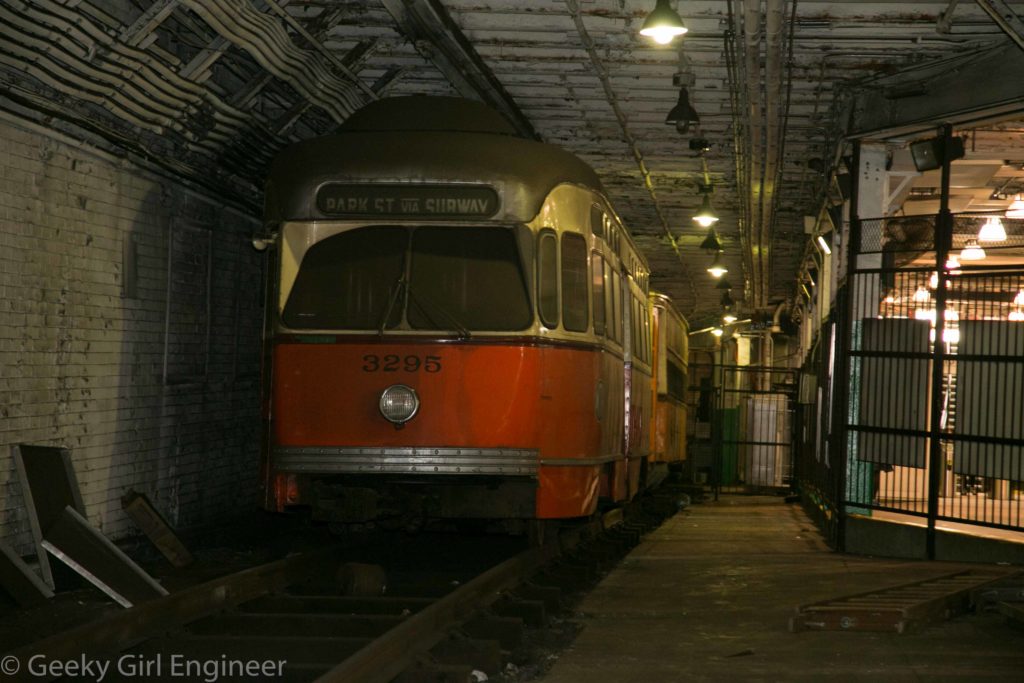
PCC Car No. 3295, according to display, this car was received in 1951 and was of the last PCC cards built by Pullman-Standard Company

